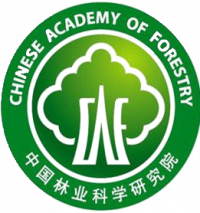分享到
Potassium limitation promotes the Sweetgum-Clitopilus symbiosis
2020
其它
作者
Long Peng
· Xiaoliang Shan
· Yuzhan Yang
· Yuchen Wang
· Irina Druzhinina
· Xueyu Pan
· Wei Jin
· Xinghua He
· Xinyu Wang
· Xiaoguo Zhang
· Francis Martin
· Zhilin Yuan
- Authorea, Inc.
- DOI: 10.22541/au.160773436.68335306/v1



